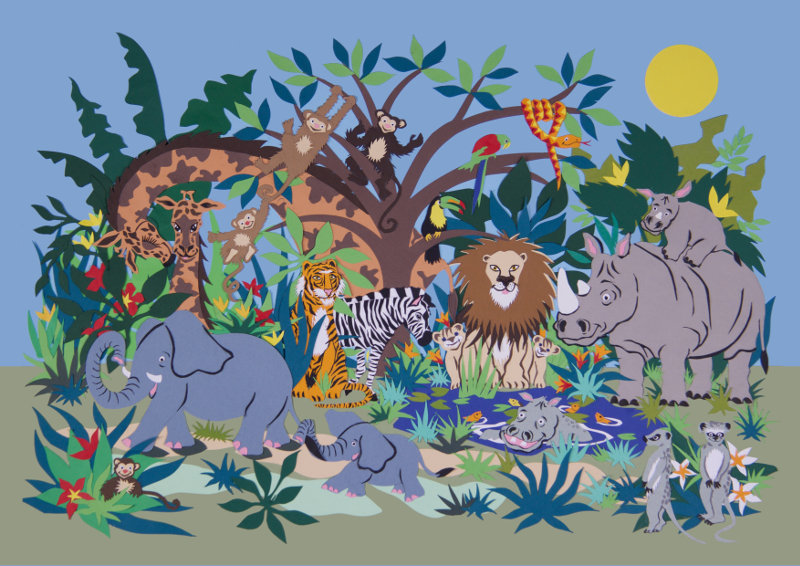
The value of art images for children – imagination and creativity.
ARTICLE FOR ART FOR KIDS – Miranda Hobart – MA, BSC – Academic director
The value of art images for children – imagination and creativity.
Looking at images helps children to understand their world. When children look at art they are learning to make meaning out of shapes and symbols that communicate ideas, feelings, relationships and experiences. Art and images can help children make sense out of the world around them in a safe way, whilst stimulating their imagination. Why you may ask is this?
Art has been a part of the human culture since prehistoric times. Some of the oldest drawings found in South Africa and are estimated to be around 73,000 years old. Rock paintings and sculptures have been found dating back more than 40,000 years.
Humans are very visual beings, as a large percentage of the human brain is dedicated to processing visual images. Images draw attention easily, which is why advertisers use visual images so actively to market their products. Children are able to easily grasp messages, meaning and connections when concepts and ideas are presented as images. Visuals are a good way of engaging children’s interest and attention and helping to build their understanding, allowing them to use their imagination and to explore their own creativity.
Bright colours in particular capture attention, as the brain is wired to react to them. Our vision is the most active of all our senses as we have evolved to be visual creatures. Not only do images capture attention, they also have the power to create emotional responses. Images have the power to tell a story and to stimulate thoughts, emotions, beliefs and ideas. Psychologists often use images to help children to understand their world and their experiences, and teachers use creative art as part of the education process.
Art also helps children to explore the ‘mysterious’ or the mysteries of the world around them, and to draw on this to build their own sense place and identity. Art is an expression of imagination that is not tied to the formality and structures of spoken or written language, rather it provides children with opportunities and the stimulation to draw their own meaning from what they see. As Albert Einstein wrote in his essay ‘The World as I See It’ in 1931, ‘the most beautiful thing we can experience is the mysterious. It is the source of all true art and science’.
About the artist.
Artist Fiona Scott-Wilson set up ‘Art4kids’ to provide a range of images to stimulate childrens’ imagination when her first granddaughter was born. She is a trained graphic designer, and one of the very few artists who works in cut paper, a medium which produces clear colourful images using small pieces of coloured card or paper. The pictures also provide a platform for storytelling using images of animals, plants and environments ranging from jungles, through pastoral scenes to the sea and the maritime world. These unique images are decorative, stimulating and beautiful and open windows to a world of possibilities and mysteries for children to explore.






